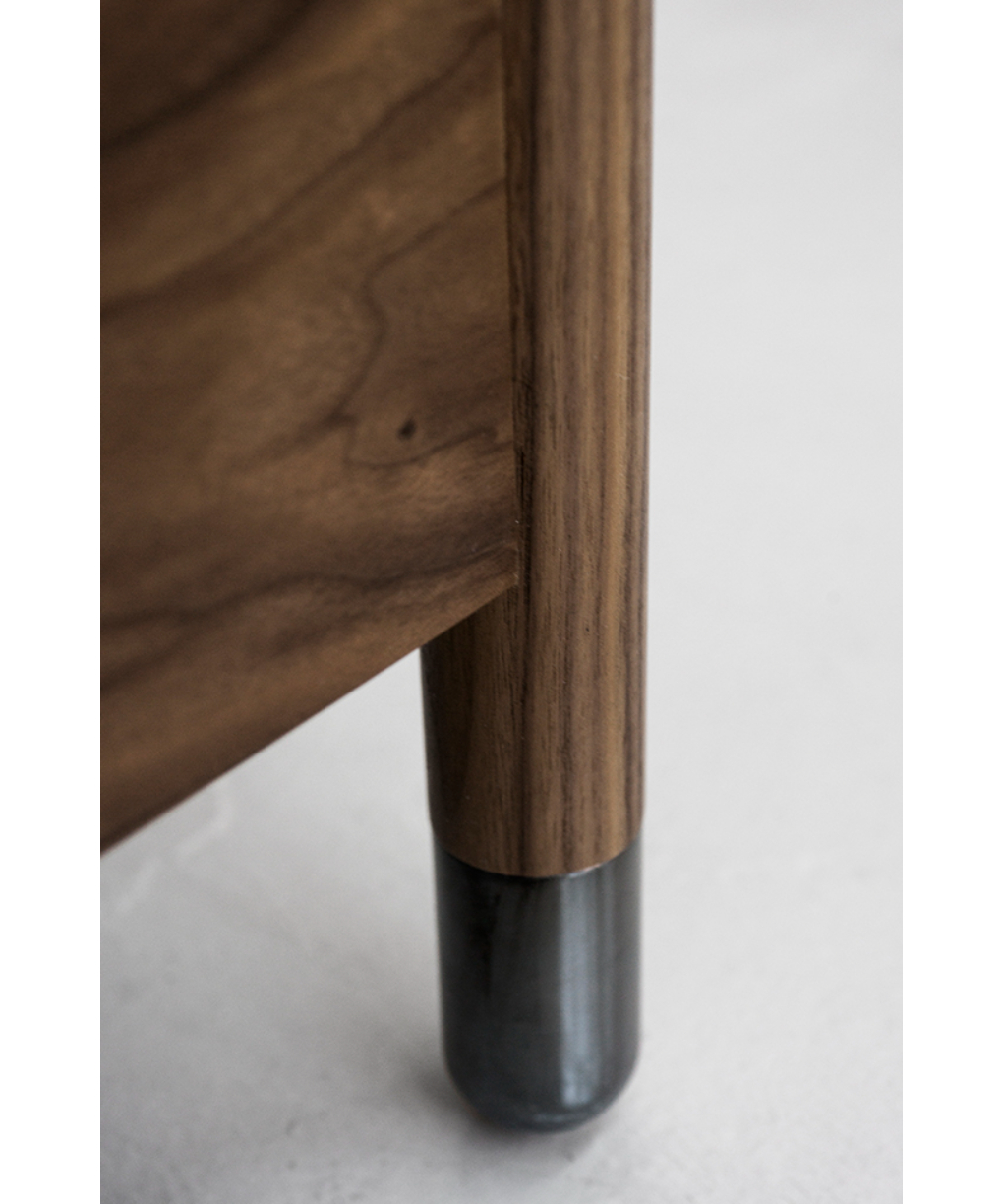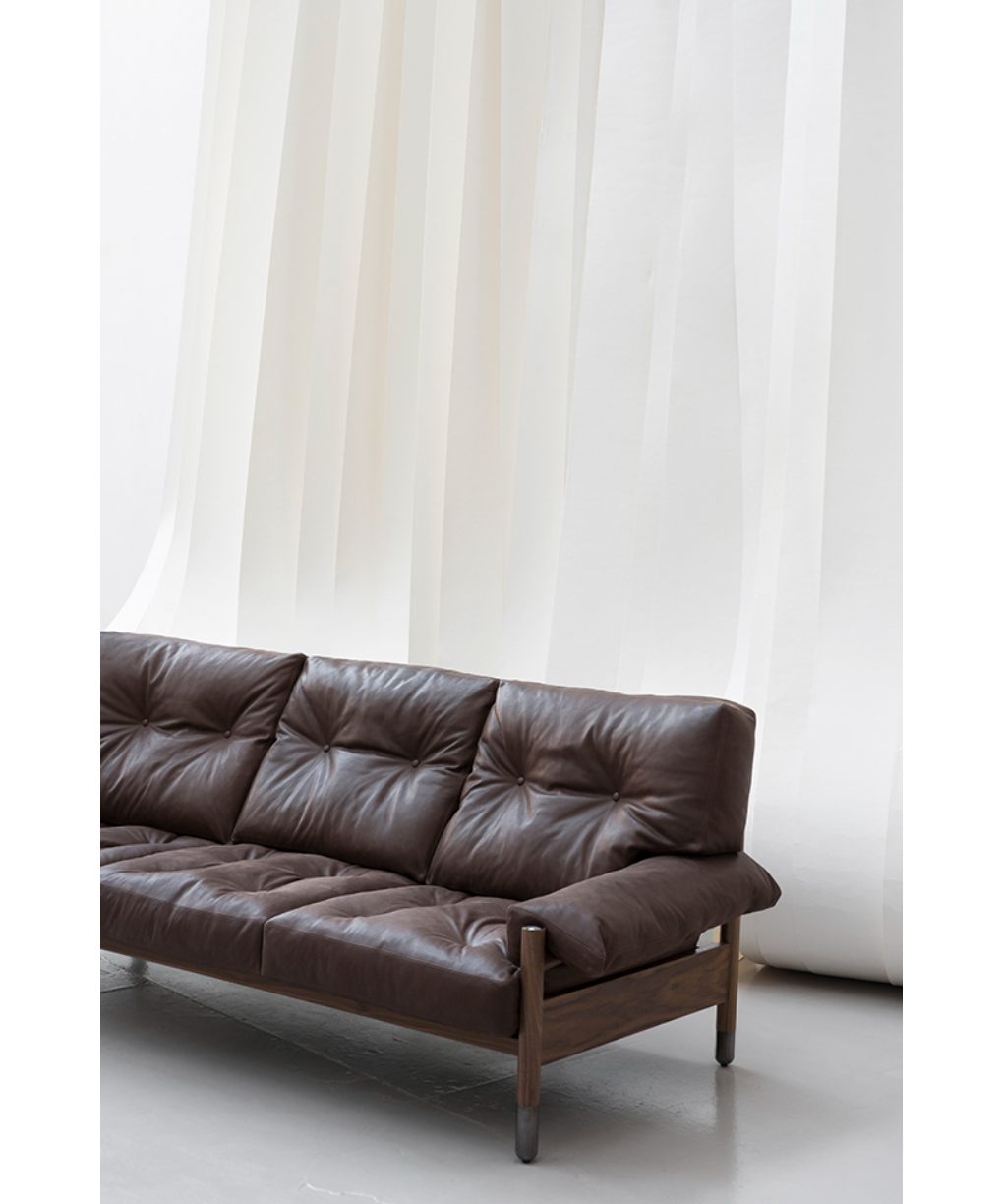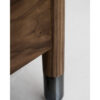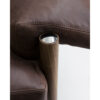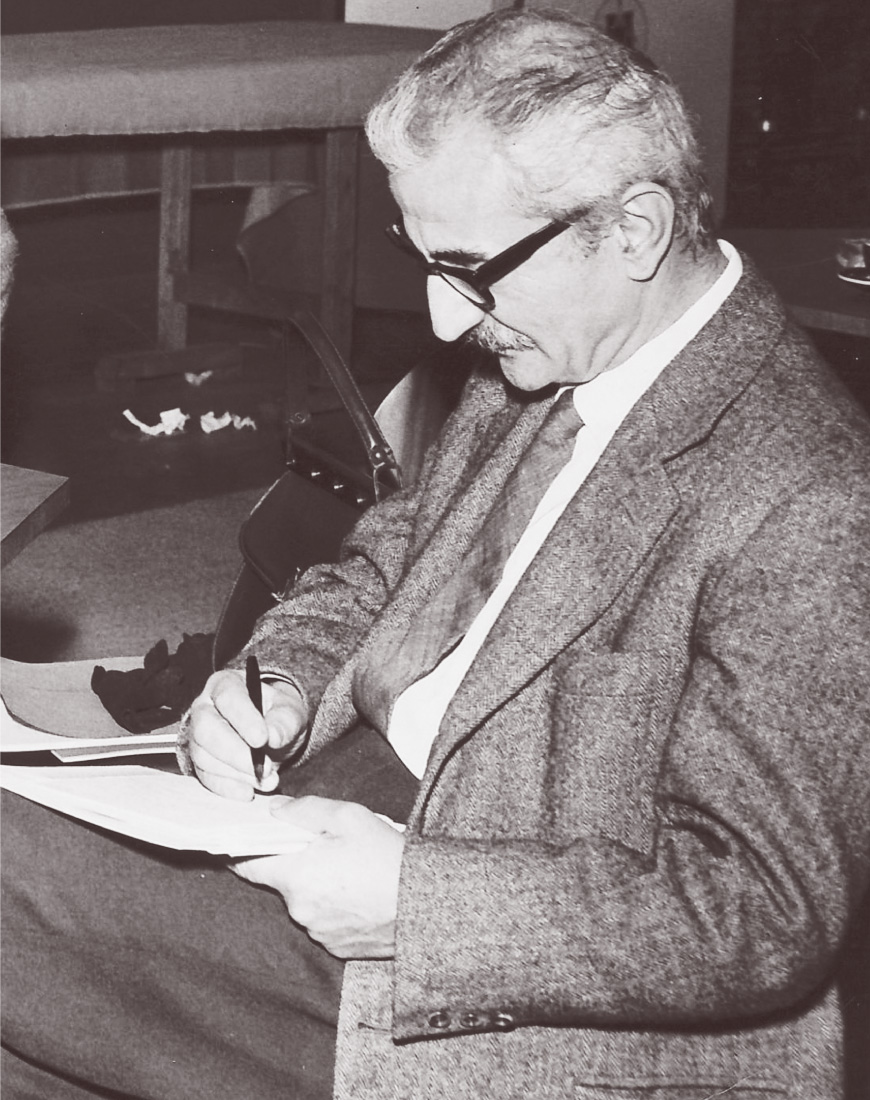Flere varianter Fra 78.980 kr.
Sella er inspireret af lænestolen af samme navn, der blev designet i 1966 af den berømte italienske arkitekt Carlo De Carli. Den meget elegante sofa er fremstillet af de allerbedste materialer: fritliggende valnøddetræ, elegante forkromede metaldetaljer i skinnende sort finish og bælter til støtte af ryglænet i raffineret naturlæder. Hynderne er fyldt med fjer, og betrækkene kan være i læder, stof eller fløjl. Dens bløde, generøse linje tilbyder den største raffinement og er designet til at garantere ekstraordinær komfort, der fremmer et langsomt tempo, som vil forene os med os selv og andre i en mere intim og privat rumlig dimension.




